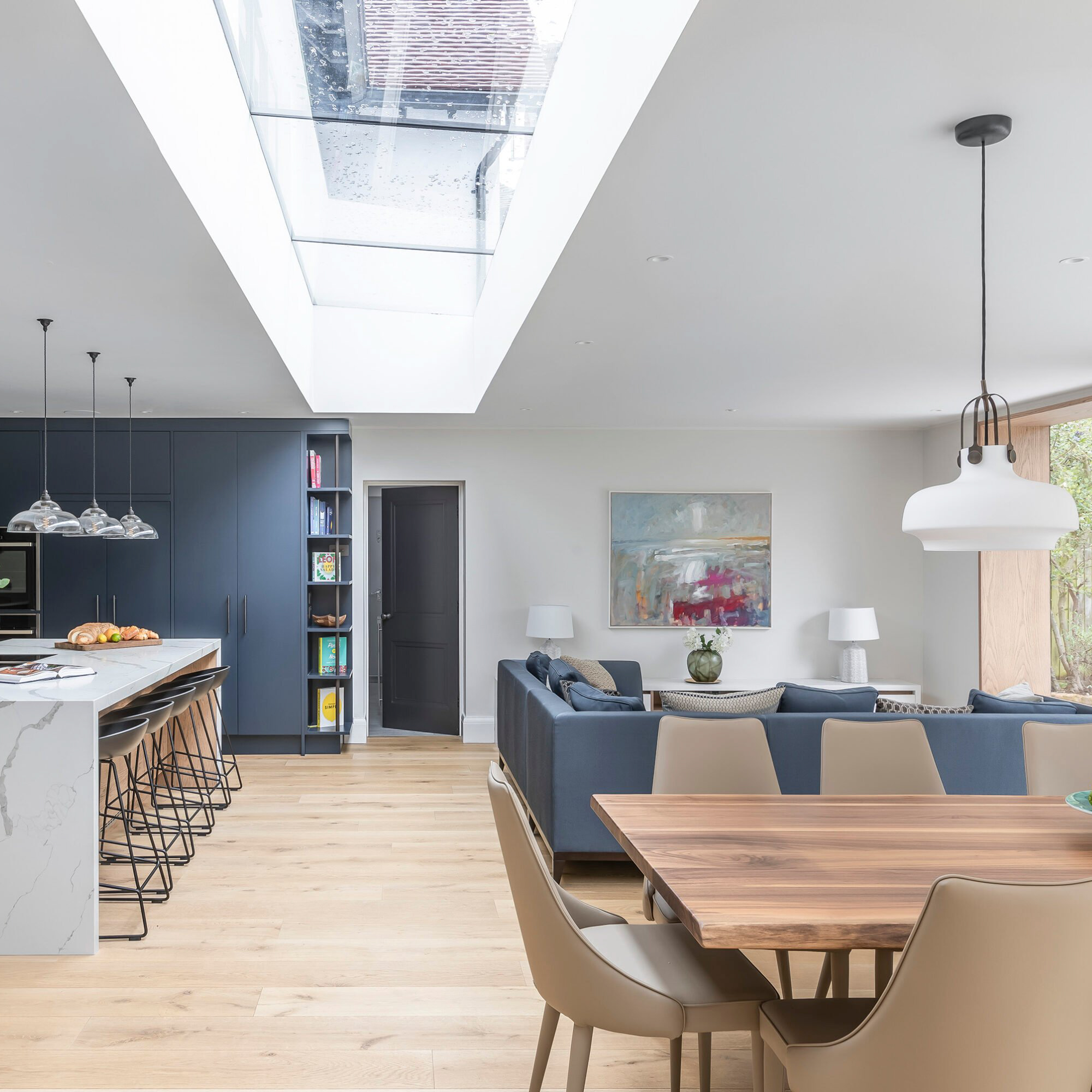Introduction
In the world of interior design, lighting plays a major role in creating the perfect ambience. The right kind of lighting can enhance the beauty of the space, highlight certain features, and set the mood for any occasion. Artificial lighting has become an integral part of interior design as it provides endless possibilities to create stunning effects. This article focuses on how artificial light can be used to enhance interior design and create a welcoming and inviting space.
The Types of Artificial Lighting
Before diving into the benefits of artificial lighting, it’s important to understand the different types of artificial lighting available.
Task Lighting
Task lighting is focused lighting that is used to illuminate specific work areas or activities such as reading, cooking, or doing homework. It is usually brighter than other types of lighting and can be directed towards a specific area.
Ambient Lighting
Ambient lighting, also known as general lighting, is used to create an overall glow in a space. It is usually achieved through ceiling fixtures or wall sconces and is designed to provide even lighting throughout the room.
Accent Lighting
Accent lighting is used to highlight a particular feature or object in a room. This type of lighting can be achieved by using spotlights or directional lighting that creates a focal point of interest.
How Artificial Lighting Enhances Interior Design
Artificial lighting is an important element in enhancing interior design because it can be manipulated and controlled to achieve the desired effect. Here are some of the ways artificial lighting can enhance interior design:
Create a Mood
Artificial lighting can create different moods in a space. Soft lighting can create a relaxed and cozy atmosphere, while bright lighting can make a space feel more energetic and vibrant.
Highlight Design Elements
Accent lighting can be used to highlight specific design elements in a room such as artwork, architectural features, or furniture. This draws attention to these features and can enhance the overall look of the space.
Control Light Levels
Artificial lighting can be used to control the level of light in a space. This is particularly useful when natural light is not available or is limited. Dimmer switches or adjustable lighting fixtures can be used to control the intensity of the light.
Add Warmth to a Space
Artificial lighting can add warmth to a space, making it feel more inviting and comfortable. This is achieved by using warmer color temperatures that create a cozy and intimate feel.
Choosing the Right Artificial Lighting
Choosing the right artificial lighting for a space depends on several factors such as the room’s function, the mood you want to create, and the design style. Here are some tips on choosing the right artificial lighting:
Consider the Room’s Function
Different rooms require different types of lighting. For example, task lighting is important in a kitchen or home office, while ambient lighting may be more important in a living room or bedroom.
Think About the Mood You Want to Create
Consider what mood you want to create in a space and choose lighting that will achieve that. Soft, warm lighting is ideal for creating a relaxed and cozy atmosphere, while bright lighting is better suited for a more energetic and lively space.
Match the Lighting Style to the Design Style
Choose lighting fixtures that match the design style of the space. For example, a modern space may require sleek and minimalist lighting fixtures, while a traditional space may need more ornate and decorative fixtures.

